Top 5 Must-Visit Spots in the Leeward Islands
My first trip to the Leeward Islands is not one I’ll forget; I was blown away. The colors are so vivid – crystal blue water, lush green rainforests and blinding white sand beaches. Each island is a unique link in the chain of the Leewards, and if you search in the right places, you will find the hidden gems. The key: throw away your guide book, pack all your gear on a boat, grab some friends and go explore. Dive deep into the Caribbean Sea, climb to the highest peak of a volcano, anchor a boat in a forgotten bay and share a sunset with a wild monkey or two.
Since I’ve been sailing and diving in the Caribbean for over twelve years, people always ask me what my favorite must-see spots are in the Leewards. What are best places off the map and not in the guide books? While you’ll inevitably discover your own on your visit, here’s a guide to help get you started:
ILE FOURCHE
Ile Fourche is a totally uninhabited island and is one of the best anchorages in the Leeward Islands. Nestled between the islands of St.Barts and St.Martin, Ile Fourche has its best diving on the south and west sides of the island, where you can expect to see a wide array of fish species, various rays, and even turtles. Go ashore and spend your day hiking, exploring and climbing the peaks of the island. Be sure to hit a peak just before sunset to see the spectacular vistas of the Caribbean.
Fun Fact: There is no vegetation on the island because in the 1800’s the island was used as grazing land for goats. The goats cleared the island of greenery, and since you can still find a few wild goats on the island, very little has grown back.
ST. KITTS
St. Kitts is a beautiful island with great diving along the north coast, wreck diving near Basseterre and lush rainforests inland. The reef Moon Shadow off of Sandy Point town is my favorite dive site in the Leewards. Filled with long finger coral formations, it makes you feel like you are diving in tunnels filled with curious fish, graceful turtles and the occasional bright nudibranch- the coolest of all sea creatures. There is a nice wall that begins to roll down around 50 feet and drops off to 130 feet or so. The best part of the dive is in and around the big coral heads along the top of the wall or just inside the wall.
Fun Fact: When Christopher Columbus discovered the island, he named it after his patron saint, St. Christopher. Later it was shortened to St. Kitts, his nickname. It was considered the mother colony of the West Indies.
STATIA
If you’re looking for a great wreck dive, the Charlie Brown, a 320 foot vessel previously used by AT&T for cable laying, is one of my favorites. This artificial reef is teeming with fish, lobsters and the occasional turtle. When exploring the ship, make sure you do the swim through that takes you deep into the depths of the vessel. Like most of the islands in the Leewards, Statia is volcanic, so when you take your adventure above the surface hike the Quill, an inactive volcano. Hike all the way into the crater and you’ll find yourself under a lush rain forest canopy.
Fun Fact: Statia or Saint Eustatius, was the ‘it spot’ during the 18th century, when valuable goods bounced between Europe, Africa and the New World. In fact, the naturally deep harbor was so sought after that the island changed hands 22 times before the Dutch permanently secured their claim.
SABA
Because of the island’s volcanic origins there are spectacular formations and structural diversity under water which makes the Saba National Marine Park that surrounds the island one of the best places in the world to dive. The marine park is a model for conservation and the park rangers offer seminars and classes that describe the techniques they use to best conserve this natural wonder. Two must dives are Diamond Rock and Man O’War Shoal. These are pinnacle dives, which make for stunning underwater views. Work your way around the pinnacle slowly ascending to get the most out of the site.
Fun Fact: Saba or ‘The Rock’ as they call it climbs right out of the water and peaks at Mount Scenery at 2828 feet.
TINTAMARRE
The ‘Flat Island’ is the quintessential example of the beauty the Caribbean has to offer; shining white sand beaches, crystal clear water and palm trees blowing in the wind. Park a boat on one of the mooring balls, set up your grill and enjoy some fresh fish while watching the sunset. It’s the perfect way to end a day of diving in the Caribbean.
Fun Fact: Tintamarre is a tiny 80 acre island that once had its own king, navy, and airline.
Post was originally published on the Broadreach Boundless Explorer blog

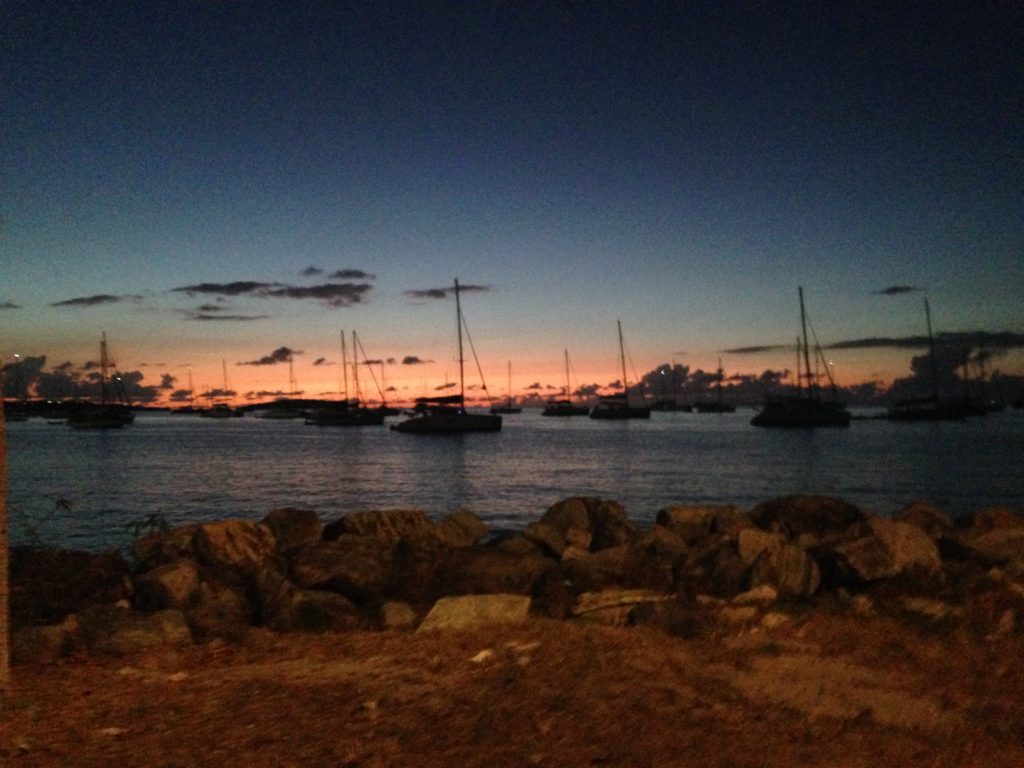
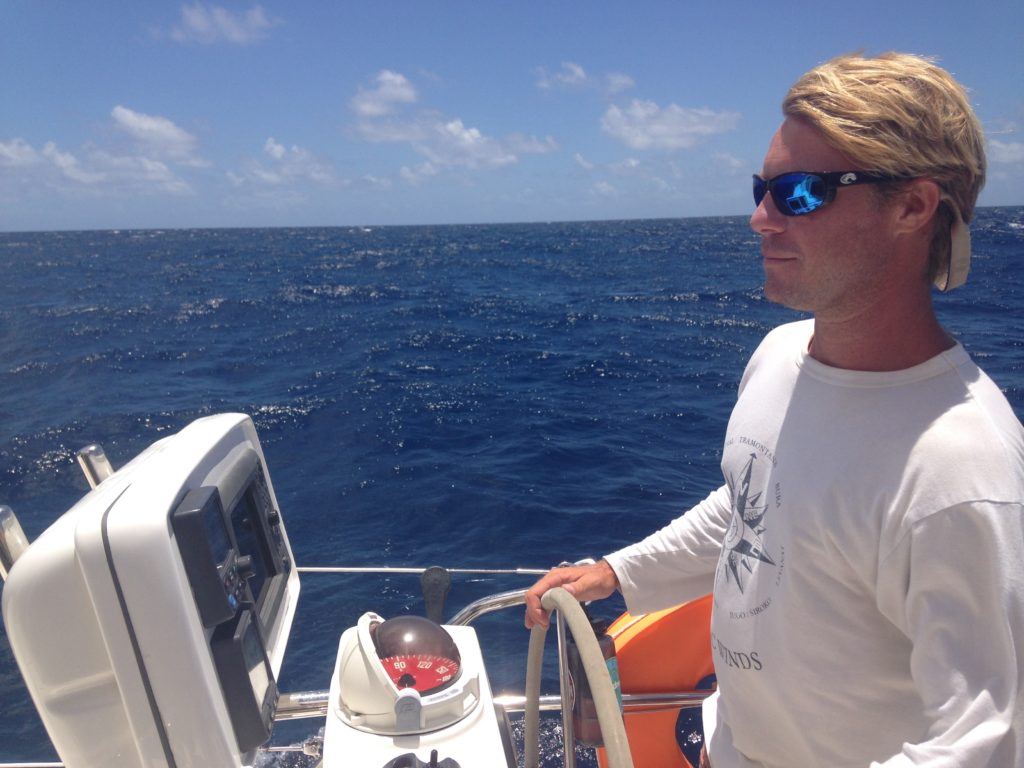
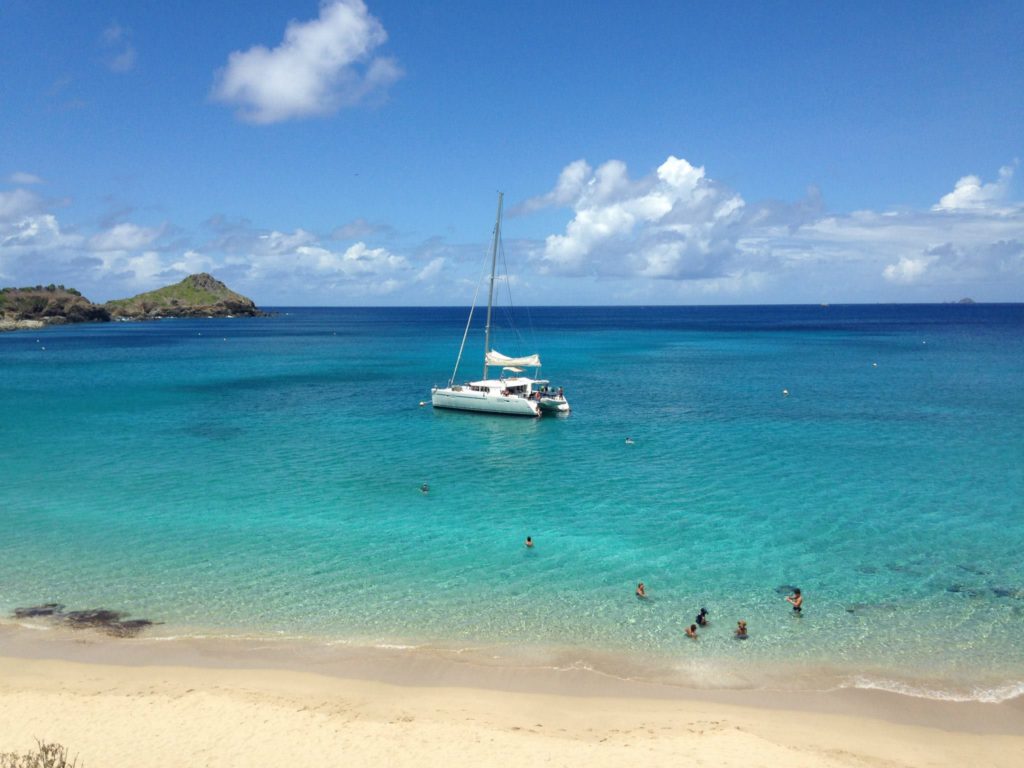
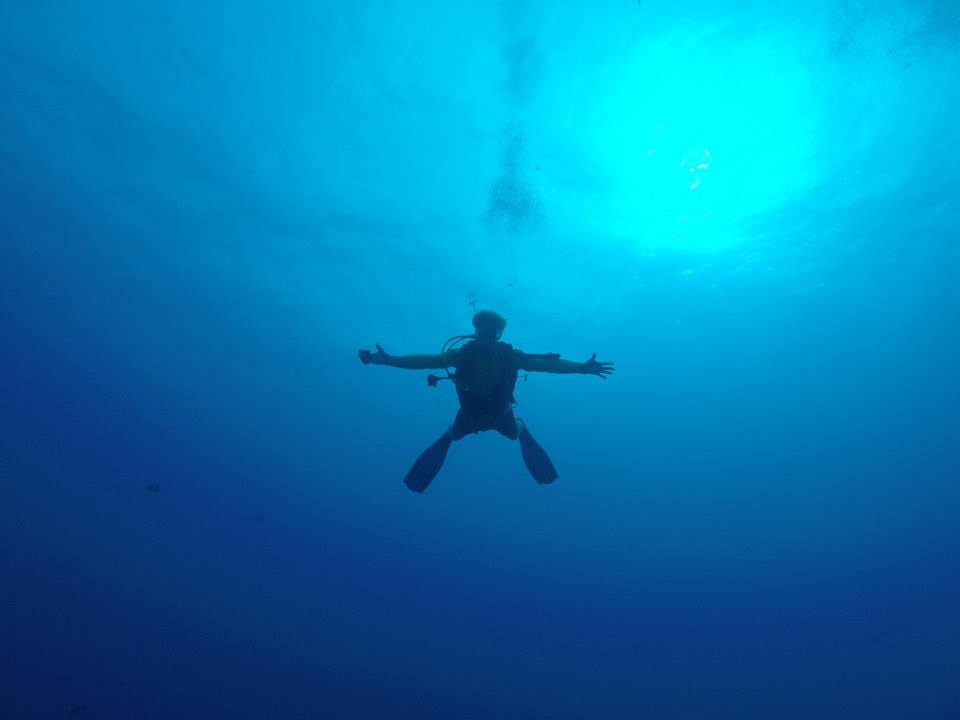
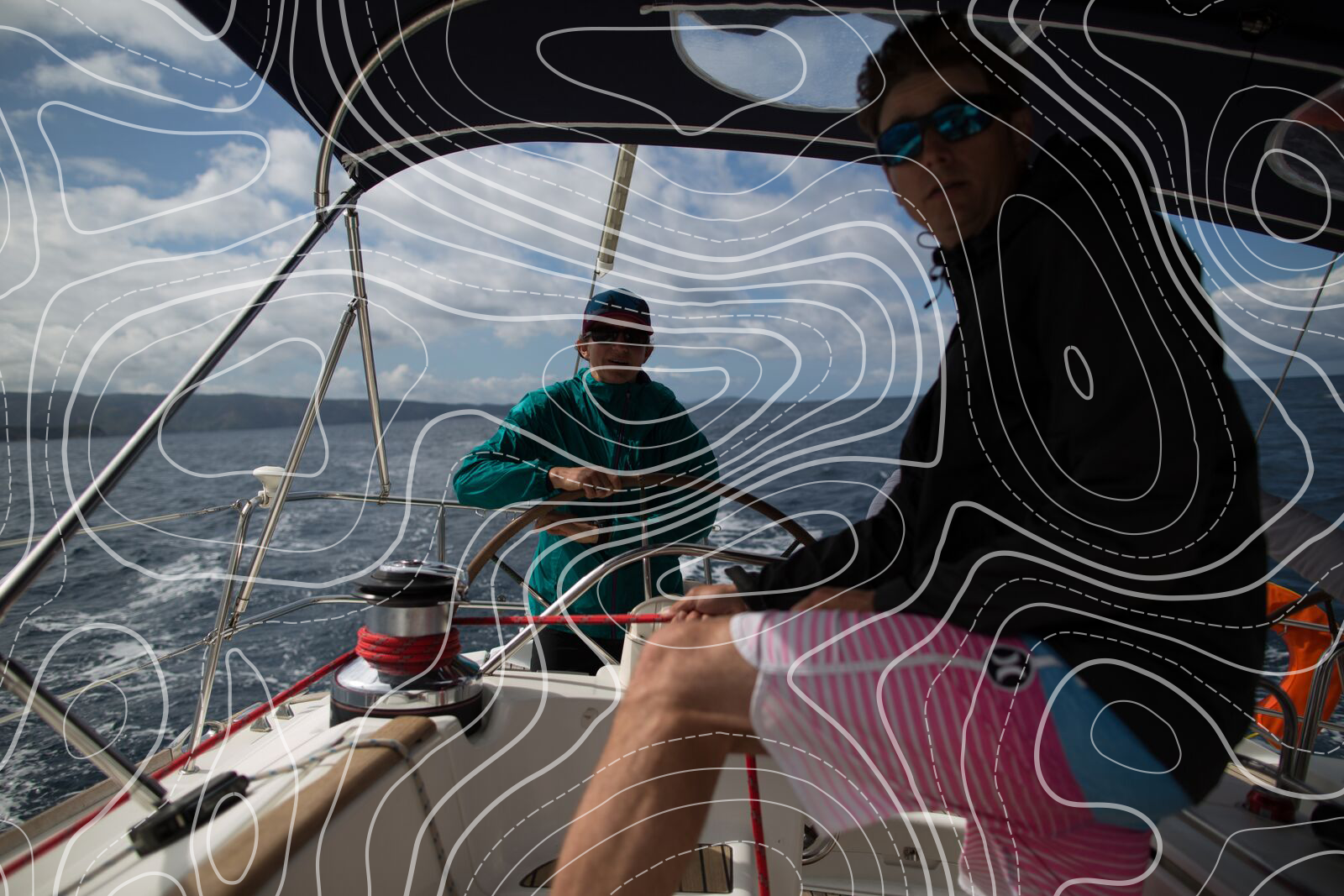
“It’s hard trying to put a trip together ourselves from so far away. We don’t have the experience. We’ve done so many things this week that we would have never done if we had done it on our own.”
Billy and Eileen